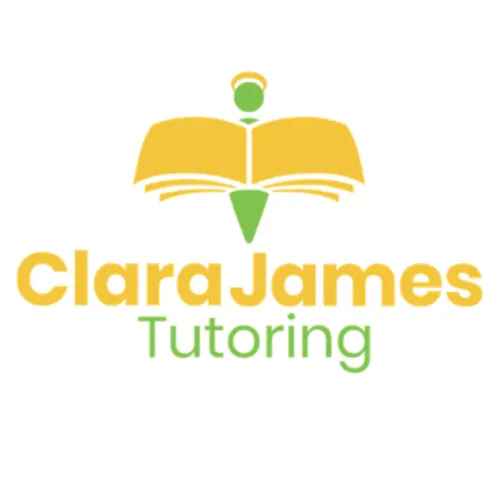Clara James Tutoring
BLOG POSTS

Changing the Subject
There is something in maths called rearranging the formula. It is also known as ‘Changing the subject’.
I was at someone’s home at the weekend and when the mum asked us at the end of the hour how it had gone, I commented on how hard her daughter had worked on changing the subject.
In my mind I knew exactly what I meant, however that is an ambiguous statement. Bemused the mum asked if that was a thing, or had she done really well in effect at procrastinating and putting off doing any work by ‘changing the subject’.
It is a thing, and because of that conversation (which made me chuckle to myself all day, though I admit I am easily pleased) I knew exactly what to write about this morning, so thank you.
Rearranging an equation expects you to make a different letter the focus of the equation / question.
So, for example if we were told that 5x= 3p+t, we might be asked to rearrange it to make p the subject.
It’s very similar to finding the value of something. The concept of this blew my mind when I did my GCSEs. If you are adding you subtract, if you are dividing you need to multiply, to counteract a square root, square!
What!
Thankfully, dad explained it to me in a way that I got, and I’ve gone on to use his explanation ever since.
Imagine you have a set of scales. In one side we have 5x’s. In the other side we have 3p and a plus t.
We need to keep our scales balanced.
However, we need to swap things around so that we are left with just a ‘p’ in one side and nothing else. All the other parts need to be moved to the other side.
If we start by removing the ‘t’ from the scales so that we are left with just the 3p’s on that side. However, because I took the ‘t’ from that side, I will need to take an equivalent amount (a ‘t’) from the other side as well to keep them balanced.
This leaves us with 5x-t =3p
I now have 3p’s to contend with. I only want one.
When a number and a letter are written together in isolation like this it means that they are being multiplied by each other.
So, to counteract a 3xp, I do need to divide by 3 to get rid of it meaning that I am just left with the ‘p’ that I wanted.
Again, because I have divided this side by 3, I must divide the other side by 3 as well to keep both sides balanced.
This leaves me with 5x-t = p
3
I’ve just made a video to try and make it easier to explain in spoken words rather than written. The link is here if wanted:
Morning,
I hope the week is going well.
So many people seem to be doing D of E and work experience
at the moment, good luck if that’s you and if you’re at Marlow Camp next
fingers crossed for good weather!
I’ve just finished a lesson on division. It seems to be
something that messes with the brains of so many people.
I found it got easier when I stopped thinking about it as
division and instead thought about it as multiplication. So, if for example I
had the question 396 divided by 3, I would look at it as 3x what = 3. My answer
would be 1. How many times would I need to multiply 3 to get to 9, (my answer
would be 3). Then 3x something = 6. My answer would be 2. Giving me the overall
answer of 132.
I know that’s a really simple example but hopefully it explains
my point.
Thankfully in schools they don’t often seem to need to do
long division, but I’ve worked with a couple of adults (generally nurses for
some reason) who have needed it.
I think I’ll explain this one in a video, as it will be too
complicated to explain it with words as bits get put all over the place. I hope
this makes sense though:
Enjoy the rest of the week and speak soon,
Dawn

